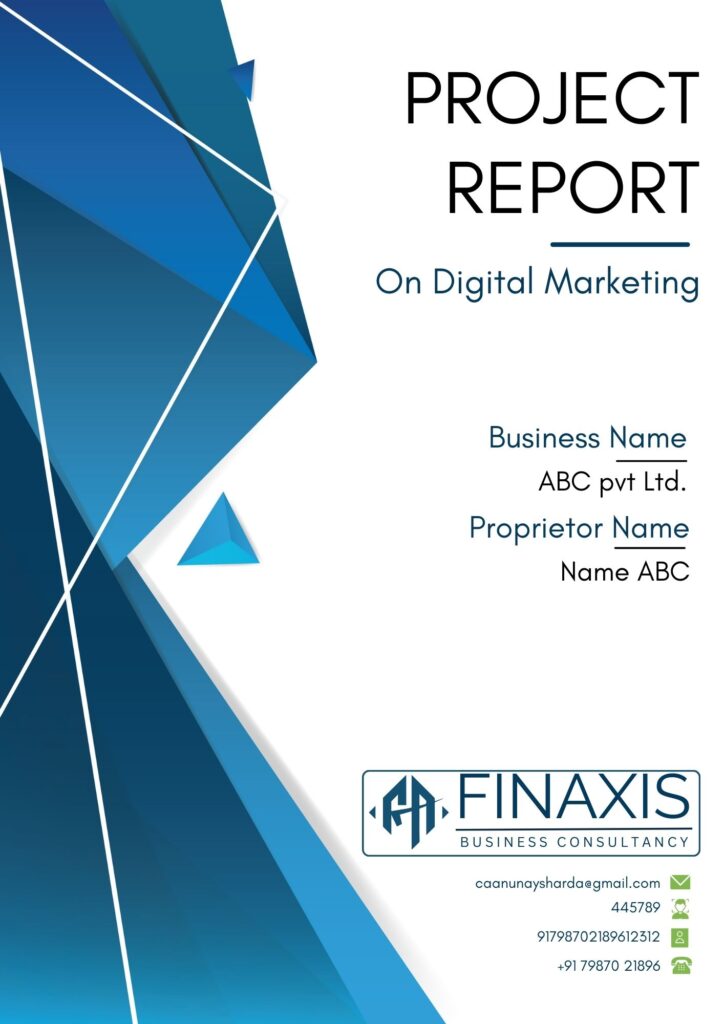CA-Assisted Project Report & CMA Data That Works -
Finaxis brings 10+ years of expertise in preparing Project Reports & CMA Data Reports for businesses of all sizes.

Comprehensive Project Report Solutions for Every Business
Get accurate, ready-to-approve project reports tailored to your business needs.
Industries We Cover Finaxis
Finaxis delivers bank-ready Project Reports & CMA Data for 50+ sectors, tailored to secure fast loan approvals for every type of business.
Manufacturing
Production-based units with machinery & costing models.
- Engineering Goods, Fabrication, Furniture
- Packaging, Plastics, Chemical Units
Paper, Printing & Consumer Goods
Trading & Distribution
Inventory-based businesses requiring CC/OD financing.
- FMCG, Electronics, Medical Supply
- Hardware, Automobile Spares
Service Sector
Revenue-based models with monthly
projections.
- IT & Software, Logistics, Consulting
- Repair, Security & Staffing Services
Food & Hospitality
Demand-driven projections for F&B and FMCG.
- Restaurants, Cafes, Cloud Kitchens
- Bakery, Food Processing Units
Construction & Infrastructure
Project cost and milestone-based budgeting.
- Civil Contractors, EPC
- Precast, Bricks & Cement Products
Agriculture & Startups
Loan + subsidy focused growth projects.
- Dairy, Poultry, Agro-Processing
D2C, E-Commerce & Franchise Startups
Get Your Professional Report Today
CA-assisted, bank-approved Project Reports & CMA Data delivered in just 24–48 hours.

Professional Project Report
(₹ 4,999)
- CA-Assisted Report
- RBI-Compliant Format
- Unlimited Genuine Edits
- Up to 12 Years of Financial Projections

Professional Project Report
(₹ 2,999)
- CA-Assisted Report
- RBI-Compliant Format
- Unlimited Genuine Edits
- Up to 12 Years of Financial Projections
How to Get Your Bank-Ready Project Report in 3 Easy Steps
A simple, fast and expert-assisted process designed to help you secure business loans without delays.

